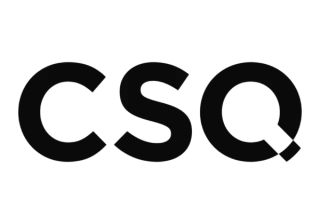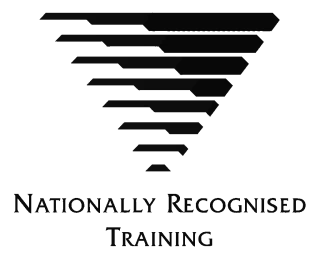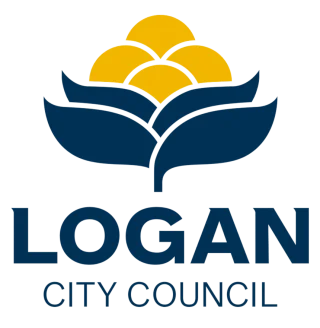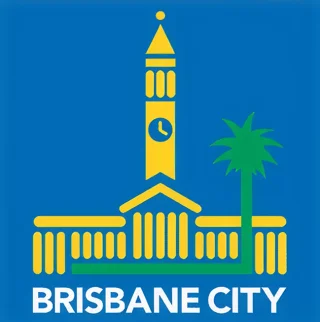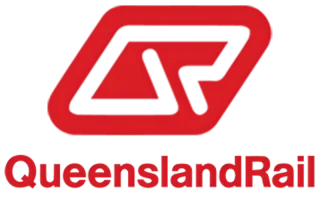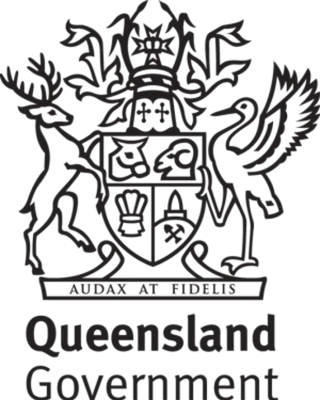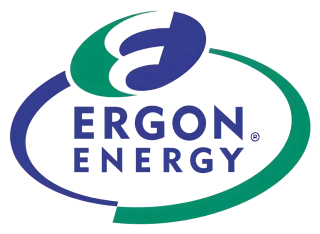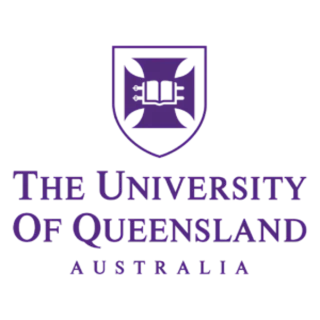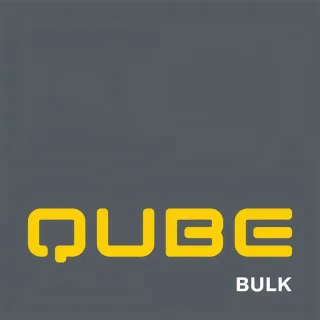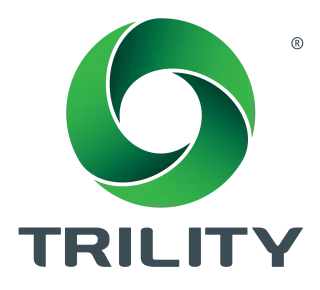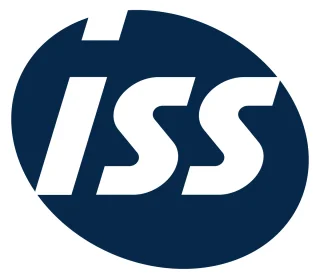This course is offered both online and face to face.
Click above to learn more about each training type.
About the Course
Identify Confined Space (DEFWHS010)
Our 4-hour course covers recognising actual and potential confined spaces in a workplace including understanding the broad limitations they impose on work practices. In addition, it covers potential WHS concerns and seeking further advice and / or applying appropriate procedures when dealing with these concerns.
WorkSafe Connect has been delivering safety programs for over 15 years and is a leading supplier confined space related training.
This course covers the requirements for the following nationally accredited unit of competency:
- DEFWHS010 – Identify confined space
Who Should Attend
Individuals working independently or as part of a team that are required to inspect work areas to determine if it’s a confined space under the criteria of AS 2865 for work purposes.
Course Description
Our course provides individuals with the knowledge, skill and confidence to identify a confined space based on the criteria from AS 2865.
During the delivery, the following key items are addressed:
- Associated legislation and industry standards
- Definition of a confined space
- What is classified as entry
- Sourcing information
- Risk management
- Basic atmospheric conditions and requirements
- Determining additional assistance and sourcing
- Confined space register
- Signs and barricades
- Reporting
Course Delivery Options
Training will be conducted by one of our experienced trainer assessors who have industry currency, strong knowledge of relevant legislation, regulations and industry standards.
Practical and theoretical activities enhance the training experiences to ensure that training is engaging and relevant.
WorkSafe Connect offers this course:
- Face to Face – Public Courses (Brisbane and Townsville)
- Face to Face – Onsite (at your site / workplace)
- Online – Online Virtual - Video-Led Training
If you would like to discuss delivery options, please contact a member of the WorkSafe Connect team and will be more than happy to discuss your requirements and preferred options in detail.
Accreditation
All assessment items are completed during the course – no activities need to be completed prior to or post the training course.
Successfully achieving the course requirements will result in a student receiving a Statement of Attainment for the following unit of competency:
- DEFWHS010 – Identify confined space
If you have any questions, please get in touch with a member of the WorkSafe Connect team today.
Certificate delivery:
- Courses at our facilities: Certificates are issued on the day, with digital copies emailed to participants and employers (if applicable) the following business day.
- Courses at client sites: Certificates are issued within 7 business days, with digital copies emailed to participants and employers.
Course Entry Requirements
If any additional learning support is required (e.g. with language, literacy or numeracy), please notify our Operations team prior to the course or speak with your trainer on the day —we’re here to help.
What to Bring
- Your USI (Unique Student Identifier) – click here for more info
- Comfortable, practical clothing is recommended (long pants or shorts and a sleeved shirt or t-shirt).
- No PPE/high-vis required
- Closed-in shoes
- All course materials are provided
Amenities at our Brisbane and Townsville Facilities
- Parking available on-site or nearby
- Complimentary tea, coffee, biscuits, and mints
- Fridge and microwave available for use
- Cafés and food options located nearby for breaks

